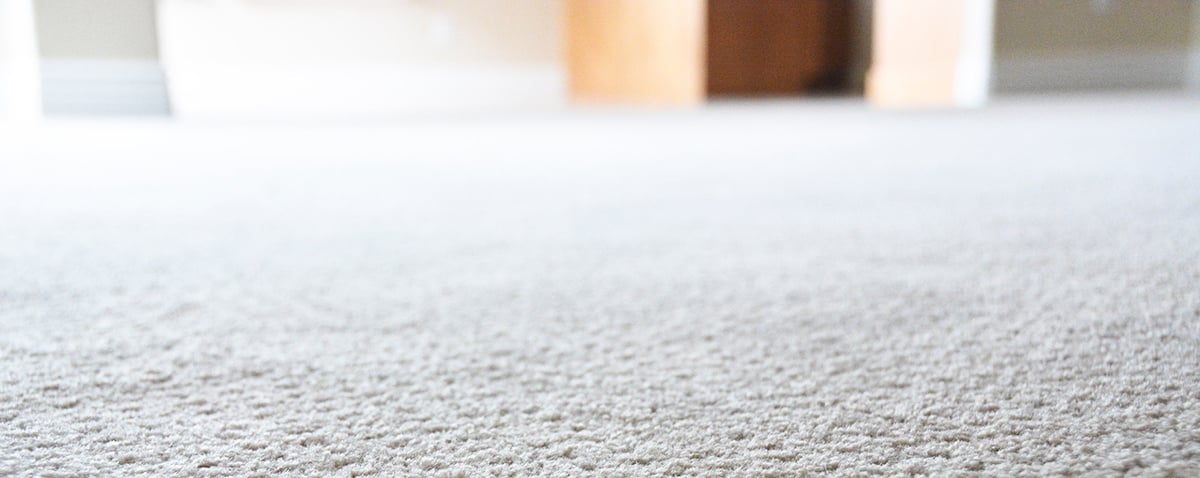by Ascend Performance Materials

Whether it’s carpet, clothes or any of the things you buy, you typically want things designed to stand up to the rigors of daily life. That durability starts with the materials chosen to make those things.
For carpets, textiles and apparel, durability starts by choosing nylon 6,6. Shortly after its invention, nylon 6,6 was used to make parachutes for use during World War II – precisely because of its durability even when spun as a thin, lightweight fiber.
Today, nylon 6,6 competes with less-durable materials, including polyester (PET). That lower durability often translates into lower satisfaction with the product and more waste destined for landfills.
Durability is mostly down to mechanics: how does the material behave under certain stresses? For textiles and fibers, those mechanics are primarily measured in two key ways: tenacity and abrasion.
Abrasion Resistance
A property critical to nylon 6,6’s durability is its abrasion resistance, which is a materials’ ability to withstand rubbing (think about the knees on kids’ pants or a threadbare rug).
Abrasion resistance is tested with a machine that rubs materials and counts the number of rubs before the material wears thin and develops holes. A typical nylon 6,6 fabric can withstand about 40,000 rubs before wearing out. For polyester, it was about 20,000 rubs.
For high-traffic areas like schools, offices and hotels, carpet made with nylon 6,6 stands up to thousands of people walking on it, dragging furniture or equipment, or simply regular vacuuming for years.
Tenacity
Tenacity is a material’s ability to withstand pulling forces without breaking or stretching out of shape. For apparel and textiles, it’s obvious why you would want a material that is more resistant to tearing. For carpet, higher tenacity helps keep it looking fresh over time, depending on the construction of the carpet.
In testing, strands of yarn made from both nylon 6,6 and polyester are placed between two mechanical grips and pulled until they break. It takes about 15% more force to break nylon than polyester at the same denier, or fiber/fabric weight. Higher tenacity means you can make your fiber thinner and lighter without sacrificing durability.
Conclusion
Durability is extremely important and really starts with the material. Nylon 6,6 offers far higher durability than polyester in most uses. And, despite all its durability, nylon 6,6 is in fact softer than polyester.
The durability of nylon 6,6 ensures that you are investing in materials that answer all your performance needs, mitigating the necessity to replace worn materials and giving you the best bang for your buck.
So, if you’re considering a new carpet or yoga pants or bag, you should take a long look at nylon 6,6 – it’ll stand up to most of what you can throw at it and look great.
Sign up to receive our latest news and information about upcoming events